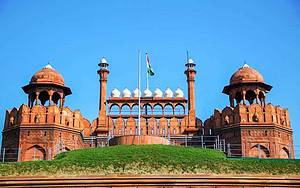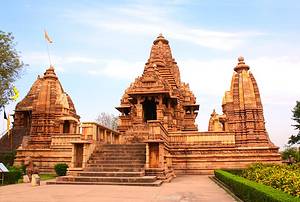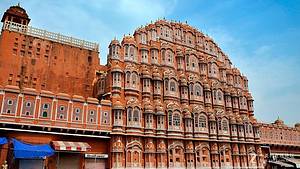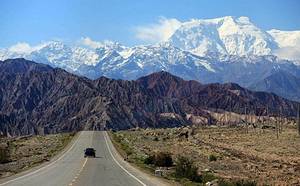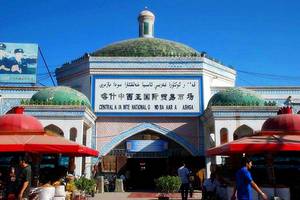Ruins of the Capital of the Guge Kingdom, A millennium enigma of a vanished civilization
Zhabran District, Zanda County, Ali Prefecture, Tibet Autonomous Region, China, located along the Xiangquan River
 The world within hundreds of miles is all under the rule of the dynasty
The world within hundreds of miles is all under the rule of the dynastyIntroduction

Address
Zhabran District, Zanda County, Ali Prefecture, Tibet Autonomous Region, China, located along the Xiangquan River
Opening hours
09:00-19:00 (All day)
Last entry time: 19:00 (Monday-Sunday, January 1-December 31) Note: In winter, during the National Day holiday (Oct 1-7), May Day holiday (May 1-3), and on May 19, tickets are half price. This offer cannot be combined with other preferential policies.
Last entry time: 19:00 (Monday-Sunday, January 1-December 31) Note: In winter, during the National Day holiday (Oct 1-7), May Day holiday (May 1-3), and on May 19, tickets are half price. This offer cannot be combined with other preferential policies.
Transportation
Bus route:
Phone 18908979077

